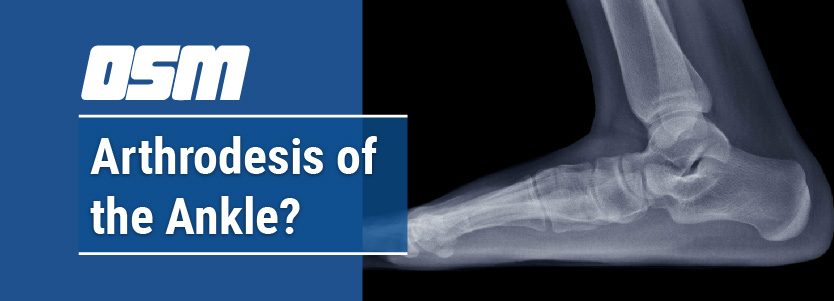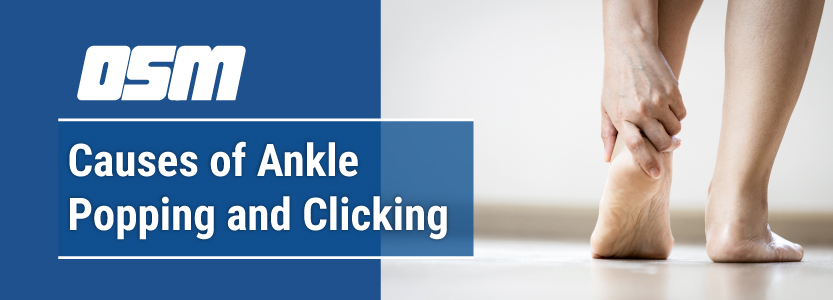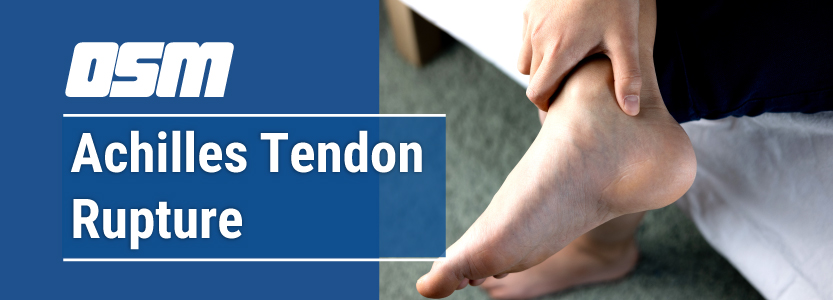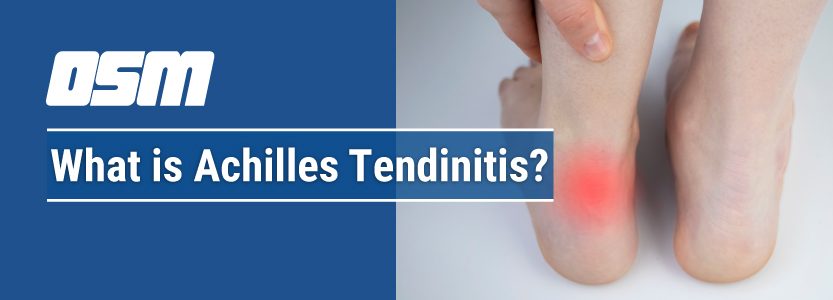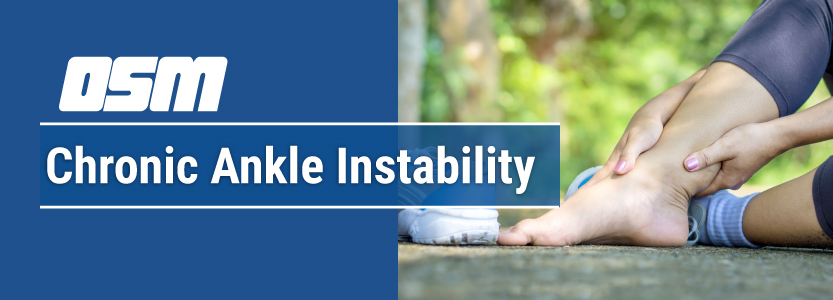Article featured on Mount Sinai
Achilles tendinitis occurs when the tendon that connects the back of your leg to your heel becomes swollen and painful near the bottom of the foot. This tendon is called the Achilles tendon. It allows you to push your foot down. You use your Achilles tendon when walking, running, and jumping.
Causes
There are two large muscles in the calf. These create the power needed to push off with the foot or go up on the toes. The large Achilles tendon connects these muscles to the heel.
Heel pain is most often due to overuse of the foot. Rarely, it is caused by an injury.
Tendinitis due to overuse is most common in younger people. It can occur in walkers, runners, or other athletes.
Achilles tendinitis may be more likely to occur if:
- There is a sudden increase in the amount or intensity of an activity.
- Your calf muscles are very tight (not stretched out).
- You run on hard surfaces, such as concrete.
- You run too often.
- You jump a lot (such as when playing basketball).
- You do not wear shoes that give your feet proper support.
- Your foot suddenly turns in or out.
Tendinitis from arthritis is more common in middle-aged and older adults. A bone spur or growth may form in the back of the heel bone. This may irritate the Achilles tendon and cause pain and swelling. Flat feet will put more tension on the tendon.
Heel pain can be a common problem. Though the cause is rarely serious, the pain can be severe and sometimes disabling.
Heel pain is often the result of overusing your foot. Causes may include, running, especially on hard surfaces like concrete, tightness in your calf, or from Achilles tendonitis (inflammation of that large tendon that connects your calf muscle to your heel), shoes with poor support, sudden inward or outward turning of your heel, or landing hard or awkwardly on your heel after a jump or fall.
Problems related to heel pain include bursitis (inflammation of the bursa at the back of the heel), bone spurs in the heel, and plantar fasciitis (swelling of the thick band of tissue on the bottom of your foot). Heel pain is something you can usually treat at home.
If you can, try resting as much as possible for at least a week. Apply ice to the painful area twice a day or so, for 10 to 15 minutes. If you need to, you can buy a heel cup, felts pads, or shoe inserts to comfort your heel.
You should call your doctor if your heel pain does not get better after two or three weeks of home treatment. But also call your doctor if your pain is getting worse, or your pain is sudden and severe, your feet are red or swollen, or you can’t put weight on your foot.
If you visit the doctor, you may have a foot x-ray. Your treatment will depend on the cause of your heel pain. You may need to see a physical therapist to learn exercises to stretch and strengthen your foot. To prevent future heel pain, we recommend you exercise.
Maintaining flexible, strong muscles in your calves, ankles, and feet can help ward off some types of heel pain. And do yourself a favor, trade those sleek high heels in for a comfortable, properly fitting pair of shoes.
Symptoms
Symptoms include pain in the heel and along the length of the tendon when walking or running. The area may feel painful and stiff in the morning.
The tendon may be painful to touch or move. The area may be swollen and warm. You may have trouble standing up on your toes. You may also have trouble finding shoes that fit comfortably due to pain in the back of your heel.
Exams and Tests
The health care provider will perform a physical exam. They will look for tenderness along the tendon and pain in the area of the tendon when you stand on your toes.
X-rays can help diagnose bone problems.
An MRI scan of the foot may be done if you are considering surgery or there is a chance that you have a tear in the Achilles tendon.
Treatment
The main treatments for Achilles tendinitis do not involve surgery. It is important to remember that it may take at least 2 to 3 months for the pain to go away.
Try putting ice on the Achilles tendon area for 15 to 20 minutes, 2 to 3 times per day. Remove the ice if the area gets numb.
Changes in activity may help manage the symptoms:
- Decrease or stop any activity that causes pain.
- Run or walk on smoother and softer surfaces.
- Switch to biking, swimming, or other activities that put less stress on the Achilles tendon.
Your provider or physical therapist can show you stretching exercises or eccentric loading exercises for the Achilles tendon.
You may also need to make changes in your footwear, such as:
- Using a brace, boot or cast to keep the heel and tendon still and allow the swelling to go down
- Placing heel lifts in the shoe under the heel
- Wearing shoes that are softer in the areas over and under the heel cushion
Nonsteroidal anti-inflammatory drugs (NSAIDs), such as aspirin and ibuprofen, can help ease pain or swelling.
Other treatment include injections, such as platelet rich plasma or steroids, to reduce the inflammation. However, the tendon can become even weaker following injection and should be protected after the injections.
If these treatments do not improve symptoms, you may need surgery to remove inflamed tissue and abnormal areas of the tendon. If there is a bone spur irritating the tendon, surgery can be used to remove the spur.
Extracorporeal shock wave therapy (ESWT) may be an alternative to surgery for people who have not responded to other treatments. This treatment uses low-dose sound waves.
Outlook (Prognosis)
In most cases, lifestyle changes help improve symptoms. Keep in mind that symptoms may return if you do not limit activities that cause pain, or if you do not maintain the strength and flexibility of the tendon.
Possible Complications
Achilles tendinitis may make you more likely to have an Achilles rupture. This condition most often causes a sharp pain that feels as if you have been hit in the back of the heel with a stick. Surgical repair is often necessary. However, the surgery may not be as successful as usual because there is already damage to the tendon.
When to Contact a Medical Professional
Contact your provider if:
- You have pain in the heel around the Achilles tendon that is worse with activity.
- You have sharp pain and are unable to walk or push-off without extreme pain or weakness.
Prevention
Exercises to keep your calf muscles strong and flexible will help reduce the risk for tendinitis. Overusing a weak or tight Achilles tendon makes you more likely to develop tendinitis.

